Discover 9 hidden attractions, cool sights, and unusual things to do in Mataró (Spain). Don't miss out on these must-see attractions: Can Marfà Knitwear Museum, Argentona Water Jug Museum, and Mataró Museum. Also, be sure to include Hermitage of St. Simon in your itinerary.
Below, you can find the list of the most amazing places you should visit in Mataró (Catalonia).
Table of Contents
Can Marfà Knitwear Museum

The Can Marfà Knitwear Museum, located in Mataró. Part of the Mataró Museum it is devoted to the knitting and hosiery industry. It is situated in one of the three-storey warehouses of the former Marfà factory in Mataró, the most important Knitted fabric factory in Spain before 1936.
The facility has 1,800 m2 distributed over three floors.[1]
Argentona Water Jug Museum

Also known as: Museo del Botijo de Argentona
Museum in Argentona, Spain. The Argentona Water Jug Museum, founded in 1975, is located in a building which opened on 20 July 2000. The origins of the museum can be found in the Water Jug Festival, which is celebrated on 4 August every year since 1951, upholding a traditional celebration dating back to the 17th century, brought about by a ‘vow of the town' to Saint Dominic, patron saint of water, to protect Argentona from a grave pestilence. Every year, coinciding with the Water Jug Festival, the Water Jug Museum organises the International Ceramic and Pottery Festival, the dates of which vary according to the day on which 4 August falls, in order to disseminate and promote the conservation of traditional pottery and the new values of the ceramics being produced.[2]
Address: Plaça Església, 9, 08310 Argentona
Mataró Museum

Also known as: Museo de Mataró
Museum in Mataró, Spain. The Mataró Museum is a museum in Mataró, in El Maresme, with a central office in Can Serra, a fortified Renaissance building dating back to 1565. The Museum, which is part of the Barcelona Provincial Council Local Museum Network, also manages the different local heritage centres, such as:
- The Ca l’Arenas Art Centre, part of the Mataró Museum.
- The Torre Llauder Archaeological Site.
- The El Montnegre i el Corredor Park Documentation Centre of the Catalan Coastal Range.
- The Can Marfà Knitwear Museum is devoted to the knit fabric industry.
Address: Calle el Carrero, 17, 08301 Mataro
Hermitage of St. Simon

Parish church in Spain. Hermitage of St. Simon is a small Spanish parish church located in the east end of the Royal Road, in the faubourg of Havana, in the municipality of Mataró, comarca of Maresme. Dating to 1611, the seaside chapel is well-known along the Catalonia coast. It has a single nave in keeping with ancient seafaring tradition. The Feast Day is 28 October.[4]
Address: Camí Ral El Ravalet, 8, 08301 Mataró
Roman villa of Can Llauder
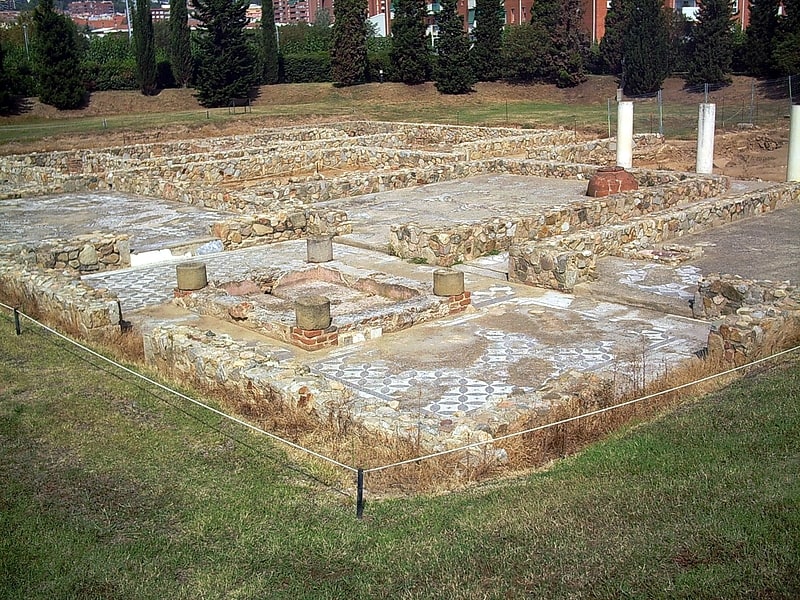
Also known as: Villa romana de Can Llauder
Archaeological museum in Mataró, Spain. The Roman villa of Can Llauder is a Roman site near Mataró, Barcelona, Catalonia, Spain.
Built in the first imperial period (1st century BC) and remodeled at the beginning of the 3rd century AD, the villa had a rich decor of marble and mosaics, with traces of stucco and paint. It was owned by several wealthy owners who possibly resided in the villa with his family and their slaves. An inscription has been found linking it to Gaius Marius. The villa was used until the Middle Ages when it fell into disrepair and ruin.
It is now conserved as a Bé Cultural d'Interès Nacional.[5]
Address: Carrer Castaños, 175, 08302 Mataró
Argentona
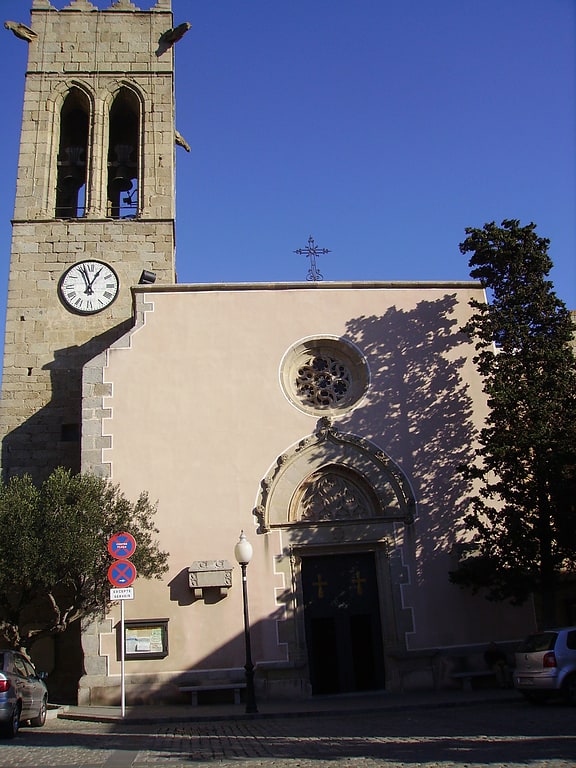
Municipality in Spain. Argentona is a municipality in the comarca of the Maresme in Catalonia, Spain. It is situated on the south-east side of the granite Litoral range, to the north-west of Mataró. The town is both a tourist centre and a notable horticultural centre. A local road links the municipality with Cabrera de Mar and with the main N-II road at Vilassar de Mar.
The town centre has buildings in a wide range of styles. The late gothic church of Sant Julià was restored by Josep Puig i Cadafalch. The same architect designed Casa Gari, a private residence adjoining the chapel of Sant Miquel del Cros, a work in the style of Antoni Gaudí by Lluís Bonet (1929). There are several buildings from the 16th to the 17th centuries, as well as the Roman chapel of La Mare de Déu del Viver and the benedictine priory of Sant Pere de Clarà. There is an interesting museum dedicated to water jugs, the Argentona Water Jug Museum, in which there are exhibited more than 700 pieces, including four ceramic works by Pablo Picasso. The town festival (Festa Major) occurs every 4 August, to celebrate St Dominic.
The mayor of this town is Eudald Calvo Català.[6]
Col·lecció Bassat. Nau Gaudí. Mataró
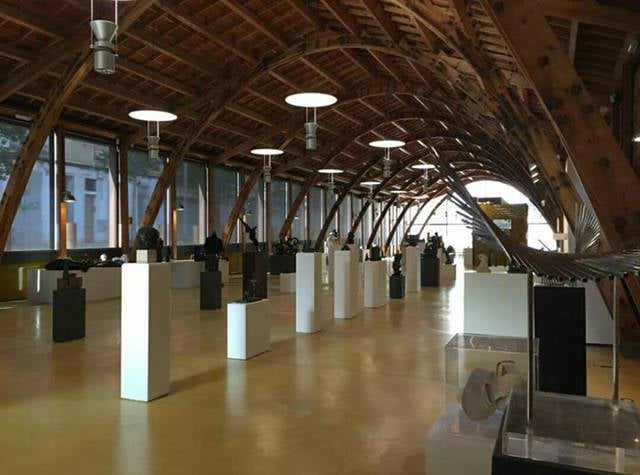
Museum, Art museum, Art gallery, Shopping
Address: Carrer Cooperativa, 47, 08302 Mataró
Casa Coll i Regàs
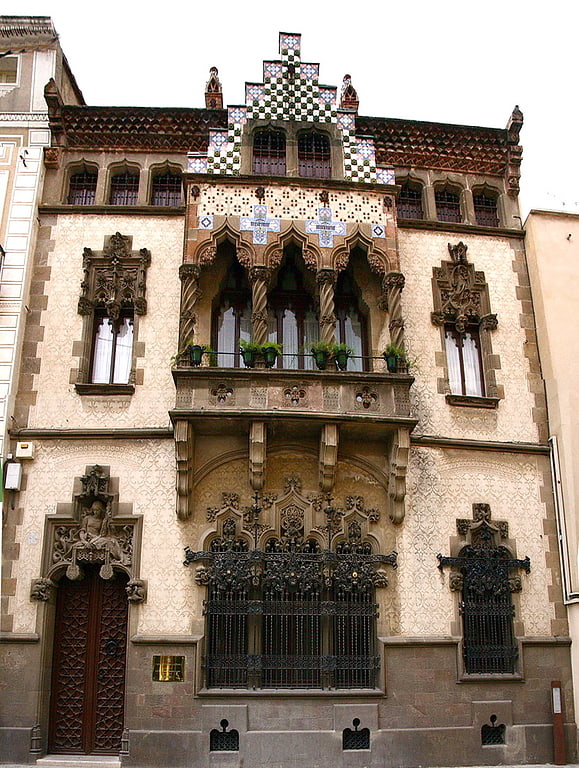
The Coll i Regàs house is a modernist building designed by the Catalan architect Josep Puig i Cadafalch in 1898 and commissioned by the entrepreneur Joaquim Coll i Regas, a major textile manufacturer Mataro. Exponent of the significant elements of decorativism that characterized the modernist movement was declared in 2000 a Cultural Interest, in the category of historical monument. Today it is owned by the Fundació Iluro of Mataró.[7]
Autovia C-60
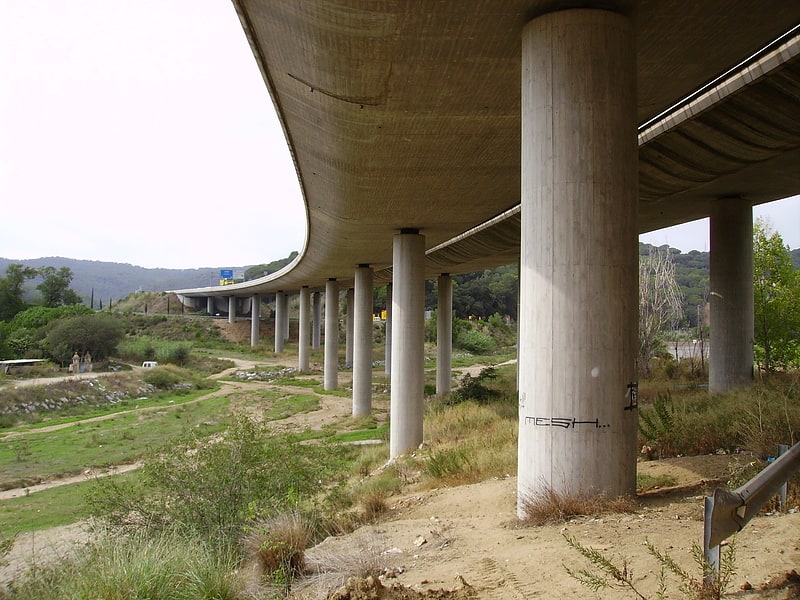
Also known as: C-60
Highway in Spain. The Autovia C-60, also known as the Autovia Mataró-Granollers is a highway in Catalonia, Spain. This is a freeway that connects Mataró and Granollers.
It connects junction 13 of the Autopista AP-7 with junction 13 of the Autopista Barcelona a Mataró (C-32). Although the other motorways are tolled the C-60 is free.[8]